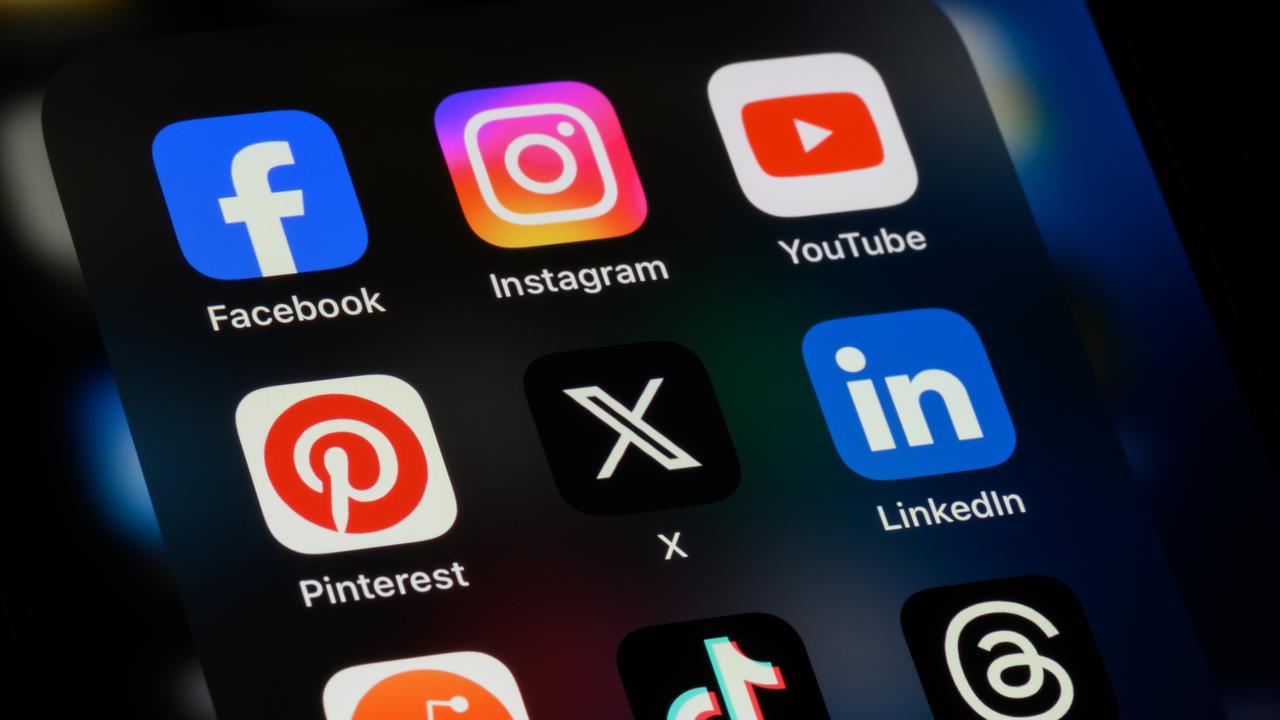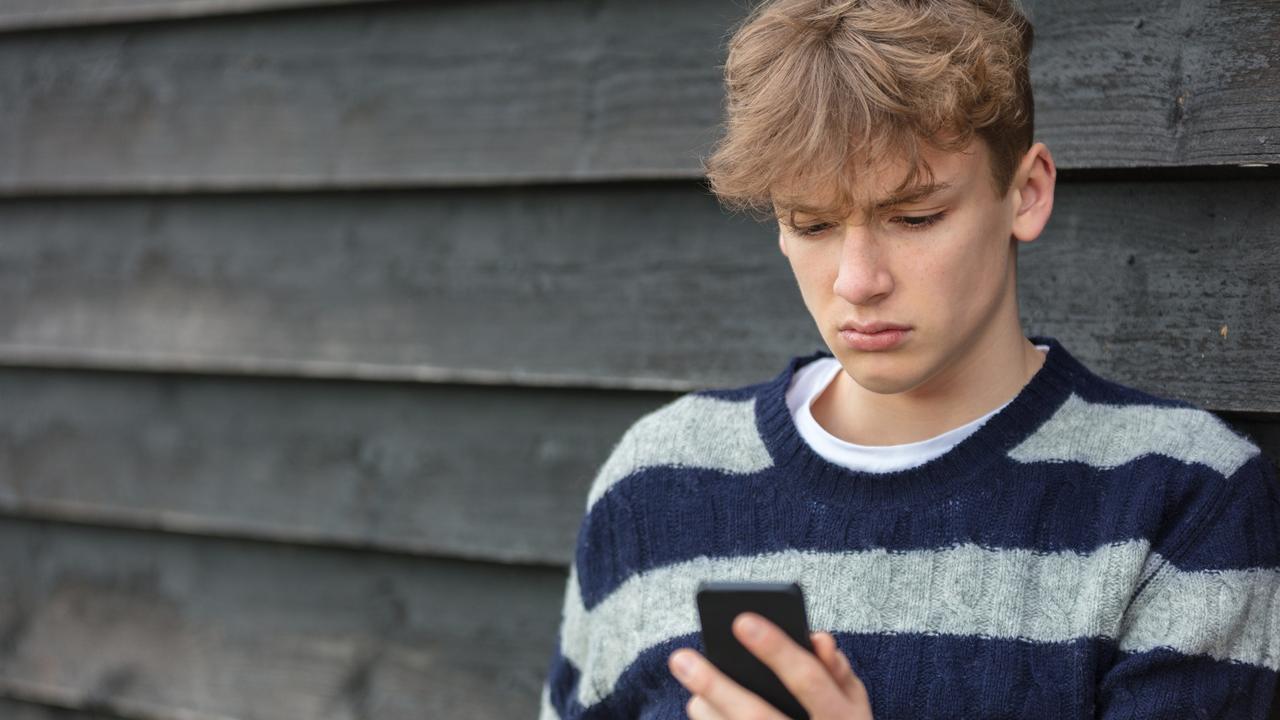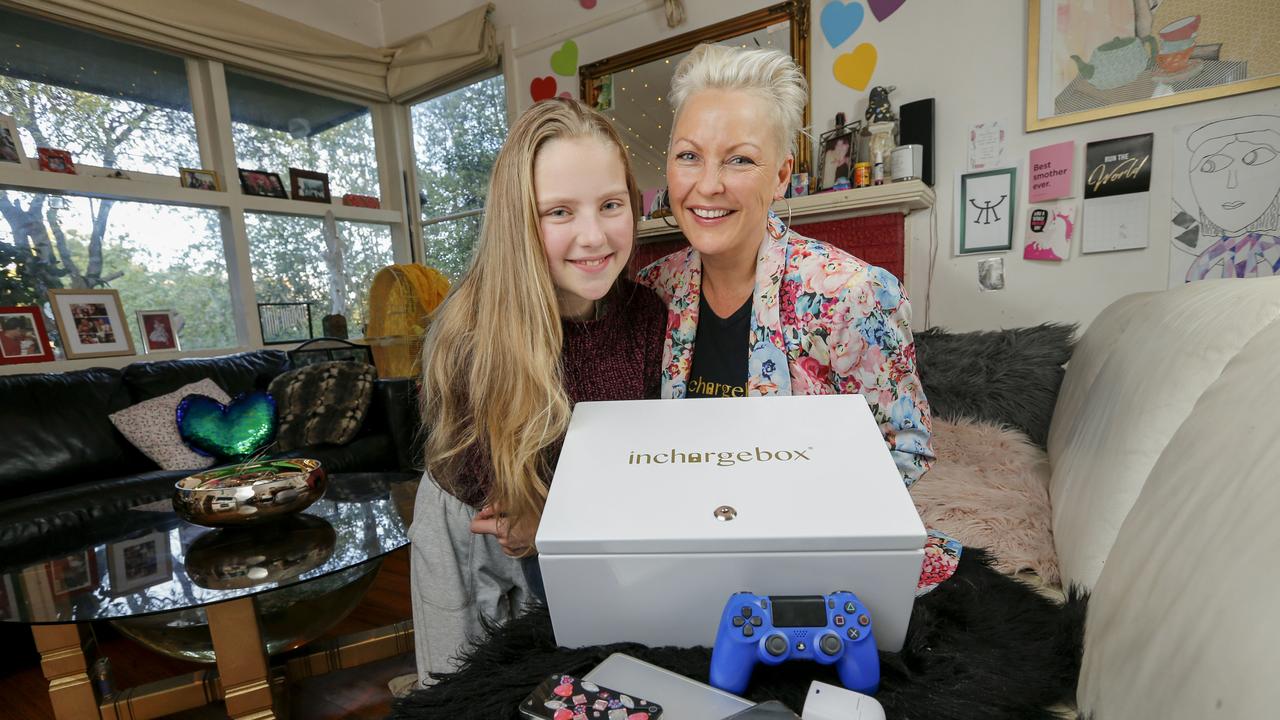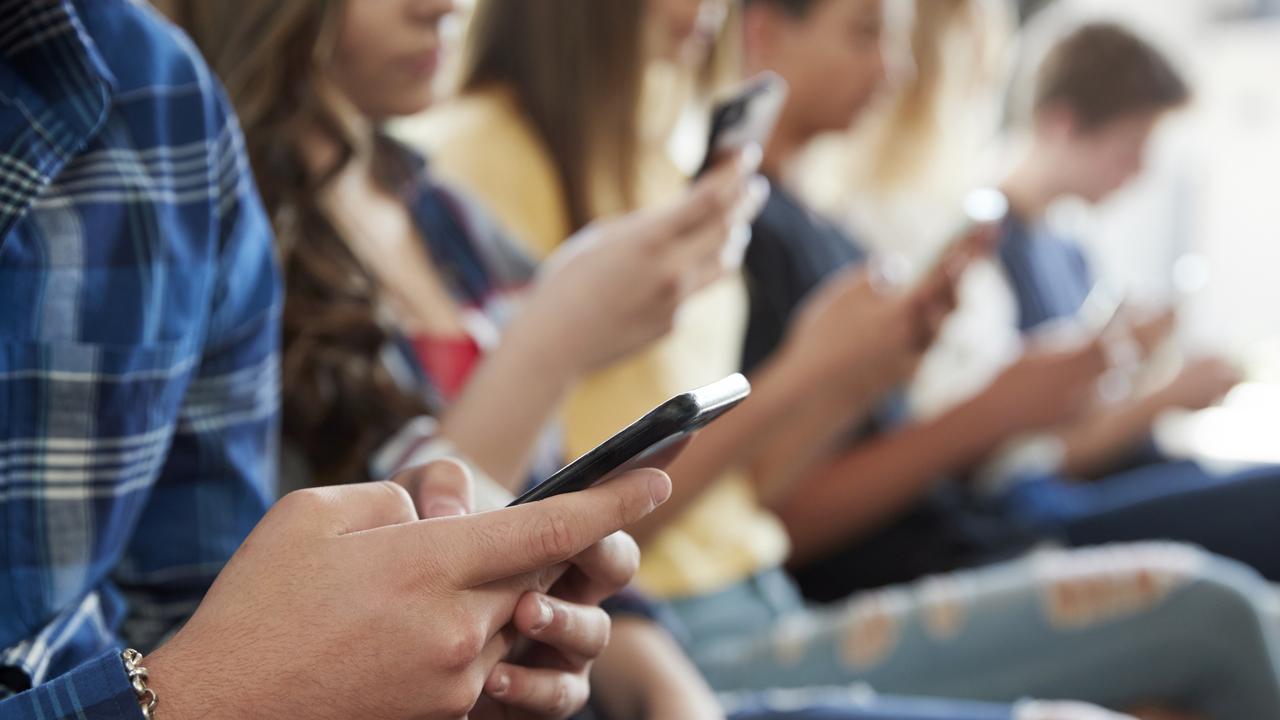Digital defiance takes dangerous turn as kids lash out at parents
2024 Junior Journalist competition entry – Secondary News Story (Print) category – WARNING: RED LEVEL (secondary only): screen time has led to dangerous consequences across the country

READING LEVEL: RED
Tech-addicted kids are lashing out at their parents over limits on screen time as digital defiance takes a dangerous turn.
Experts say screen time has become more than just a battle of wills in many Australian households – it has turned into a battleground and some parents are living in fear of their tech-addicted children.
It comes as media company News Corp calls on the Federal Government to raise the age limit for social media access as part of its Let Them Be Kids campaign. The campaign has attracted support from parents, child mental health experts and child protection advocates.
Research from the Australian Institute of Family Studies shows that up to one-third of a child’s waking time is spent in front of a screen.

Children aged four to five years are spending more than two hours per weekday on digital devices.
By the age of 12 to 13 years, this increases to more than three hours per weekday and nearly four hours per day on weekends.
Experts and parents say excessive screen time is harming children and contributing to problems including anxiety, aggression, disrupted sleep and an agitated state.
At its worst, some parents have reported sustaining injuries as a result of their children becoming hostile when they try to enforce limits on screen time.
Disability advocates say some of the challenges associated with screen time are amplified for families of neurodivergent children who have conditions such as autism and Attention Deficit Hyperactivity Disorder (ADHD).
One parent, who did not wish to be named, said her 10-year-old neurodivergent daughter regularly resorted to name calling and physical aggression when it was time to put away her iPad.

“Taking her device away often leads to aggression and causes her to become very heightened and show dysregulated behaviour,” the mother said.
“She (daughter) has no concept of limits so screen time has become more than just a battle of wills – it has become addictive and caused chaos, meltdowns and physical aggression in our house.”
The distraught mother said her daughter struggled with impulse control and changes to her routine.
“Screen time has made things so much worse for everyone in our house,” she said.
“We are slowly trying to wean her off her device but this is a huge battle in itself due to peer pressure and a range of other factors.”
This mother is not alone.
Another parent said her seven-year-old son was “obsessed” with his iPad.
“If they don’t have it (their device), it’s World War III with meltdowns and sometimes very violent ones towards myself and their siblings,” she said.

Vivian Dunstan, founder of support group ADHD Support Australia, said screen time was a double-edged sword.
“We see so many challenges occurring as a result of screen use,” Ms Dunstan said.
These challenges include confrontations, children exhibiting aggressive behaviours when asked to stop, disconnecting from family, casting aside past interests in order to make more time for screen use, decreased self-esteem and increased anxiety and depression.
Ms Dunstan runs an online digital parenting program to help parents tackle the issue of digital defiance.
“In an era where screens reign supreme and virtual connections often overshadow face-to-face interactions, the impact of social media, gaming, and excessive device usage on the mental health of our young people has become a pressing concern,” she said.
“We’ve never been here in all of human history – this is new.”

Ms Dunstan said unrealistic and potentially harmful images on social media platforms provided a “fertile ground for comparison” that could lead to feelings of inadequacy, anxiety and inferiority among impressionable young people.
“The incessant quest for likes, followers, and virtual validation perpetuates a cycle of self-doubt and anxiety, fostering an unrealistic standard of beauty and success,” she said.
International studies* also show a concerning trend, with 60 per cent of parents saying their children are addicted to social media and nearly 80 per cent reporting difficulty engaging with their kids due to device distraction during family time.

Prof Susan Sawyer, director of the Centre for Adolescent Health at the Royal Children’s Hospital, said many parents were struggling to get their kids to detach from digital devices.
“Many parents report really struggling to get their kids to turn off due to the highly rewarding and indeed, highly addictive, nature of social media use,” she said.
“It is for this reason that many parents are starting to push back on permitting any access to mobile phones for children and adolescents, and trying for as long as they cannot to give in to their kids’ increasingly insistent demands to have a phone.”
German neuroscientist and psychiatrist Manfred Spitzer, author of the book Digital Dementia, said excess screen time contributed to problems including impaired social skills, anxiety, disturbed sleep and a deterioration in brain function.

Prof Spitzer argues the minimum age for social media use should be between 15 and 18 years.
Ms Dunstan agreed, saying the negative effects of excess screen time cannot be ignored.
“While technology has undeniably transformed the way we communicate, learn, and entertain ourselves, its adverse effects on mental wellbeing, particularly among young people, cannot be ignored,” she said.
“This is a phenomenon that has crept up on parents over a relatively short period of time.
“But now we are seeing the effects on wellbeing and the addictive nature of our devices we can start to turn the tide.”
Mother of two Kate Curry said screen time had tuned into a battleground for many families.
“For many families, screen time management has evolved beyond a simple negotiation and has become a full-blown battleground,” she said.

“The pervasive presence of digital devices means that screen time isn’t limited to entertainment; it’s woven into social interactions, learning, and leisure.
“Children are drawn to the instant gratification and endless variety screens provide, which can make stepping away from devices challenging.
“For parents, this leads to a struggle to set limits without damaging trust or creating constant tension, as they try to balance digital access with offline activities and responsibilities.
“This makes managing screen time a complex and often exhausting process.”
Ms Curry developed a lockable box called inchargebox to help families safely store and charge their devices and reinforce screen time boundaries without constant reminders.

“The development of inchargebox was driven by my desire to offer families a simple, effective tool to manage screen time and limit device access without constant conflict,” she said.
“Many parents expressed frustration over the struggle to keep digital devices from overtaking family routines, homework, and other fun family activities.”
Ms Dunstan said it was time for change.
“The potential dangers posed by social media, gaming, and excessive device use on our young people’s mental health are too significant to ignore,” she said.
“There’s an urgent need for collective action to address this growing epidemic.
“It’s time to heed the warnings of these influential voices and chart a path towards a healthier and more balanced digital future for our youth.”
* Refers to research by non-profit group Common Sense.

DIGITAL DETOUR: TOP 10 TIPS TO DETACH FROM DEVICES
•Get out in nature and encourage outdoor play
•Schedule a movie night
•Battle it out over a board game
•Play your favourite music and get moving
•Get creative with arts and crafts projects
•Set up an indoor or outdoor treasure hunt
•Tackle a puzzle together
•Make a photo collage of your children’s favourite people, food
and places
•Have a go at cooking or a gardening project
•Read a story together
Sources: Madison Eve and Kate Curry
Please note: Images were added to this Junior Journo competition entry by Kids News editors and minor edits applied as per publishing requirements and editorial guidelines on the site.

